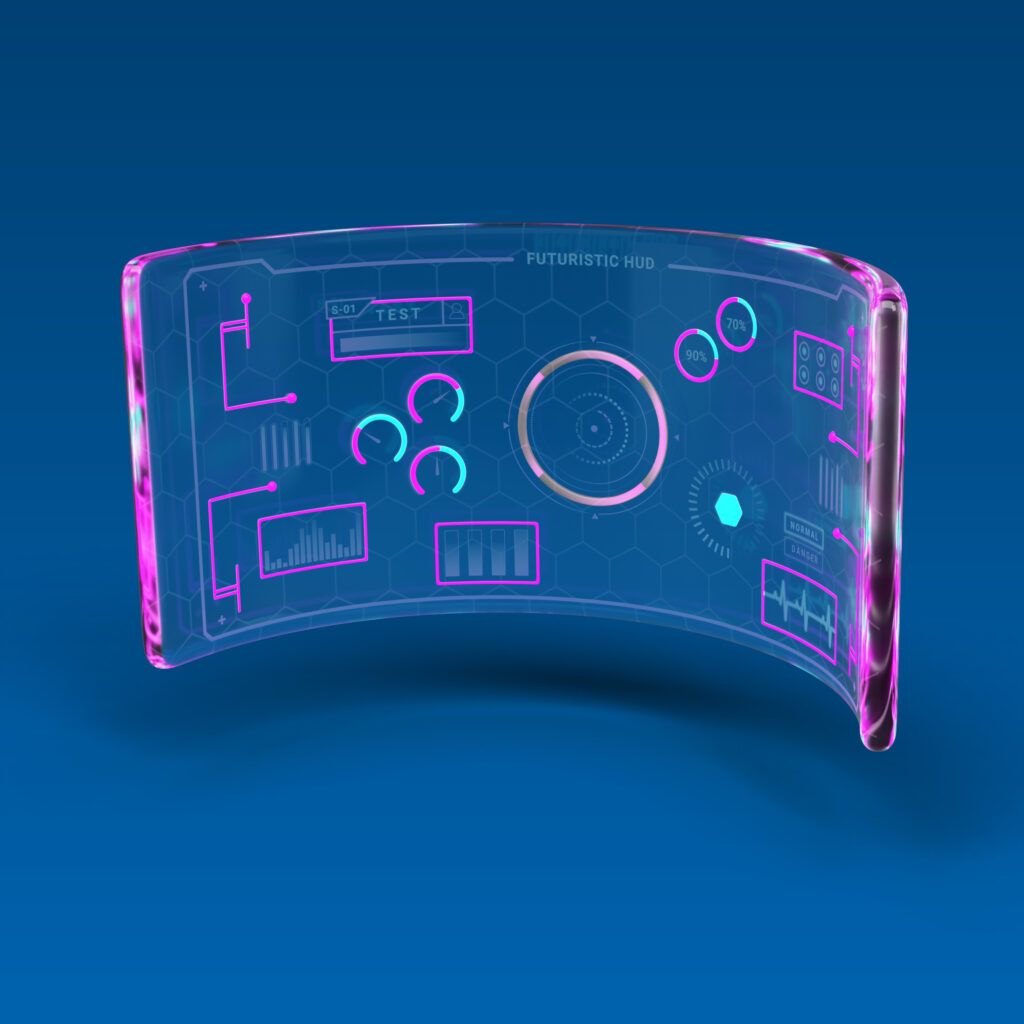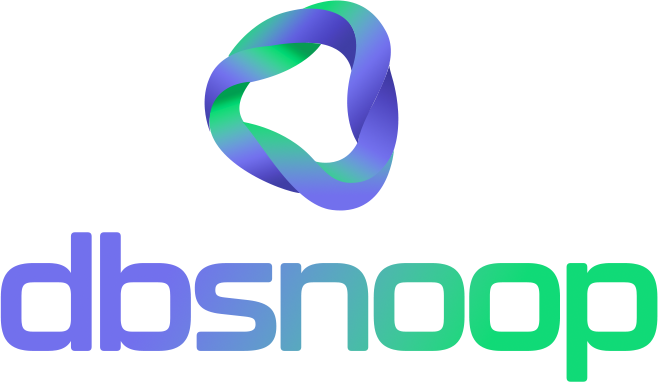
Spatial Computing is redefining how we interact with digital information, offering three-dimensional visualizations, advanced interactions, and new paradigms for data analysis. This concept, driven by technologies such as augmented reality (AR) and virtual reality (VR), is not just an evolution in user interfaces but a new model for interpreting and controlling complex infrastructures.
In the context of observability and data management, spatial computing has the potential to transform traditional dashboards into immersive environments, where data and metrics move beyond static two-dimensional graphs to become dynamically explorable. Flightdeck by dbsnoop, a well-established platform for database and infrastructure monitoring and optimization, could benefit from this trend, expanding its capabilities in visualization, automation, and predictive analysis.
How Can Flightdeck Integrate Spatial Computing?
Flightdeck already provides an advanced observability approach for databases, enabling IT teams to track performance, efficiency, and security of digital assets from a centralized interface. By incorporating spatial computing elements, the platform could enhance this experience, making data interpretation more intuitive, interactive, and efficient. Some potential applications include:
1. Three-Dimensional Infrastructure Visualization and Real-Time Monitoring
- Current Challenge: Dashboards and 2D graphs have limitations in interpreting complex data, making pattern analysis less intuitive.
- Solution with Spatial Computing: Three-dimensional visualization of server clusters, databases, and operational metrics would allow IT teams to quickly identify performance bottlenecks and anomalies in distributed environments.
- Use Case: A database administrator could navigate through an interactive 3D environment, checking the status of each instance, resource consumption, query latency, and critical alerts in real-time.
2. Integration with Physical Data Center Environments
- Current Challenge: Infrastructure technicians frequently switch between digital dashboards and physical equipment to diagnose performance issues and failures.
- Solution with Spatial Computing: Augmented reality glasses could overlay Flightdeck’s operational insights directly onto physical servers, eliminating the need to check external screens.
- Use Case: In a data center, an operator could view operational metrics directly on server racks, accessing CPU usage, power consumption, and failure alerts simply by looking at the equipment.
3. Simulation and Prediction of Bottlenecks in 3D Environments
- Current Challenge: Infrastructure simulations rely on static models and 2D graphs, making it difficult to predict impacts before implementing changes.
- Solution with Spatial Computing: Flightdeck could create a simulated infrastructure environment, allowing data architects to test hypothetical scenarios such as workload increases or resource redistribution in an interactive three-dimensional space.
- Use Case: Teams could test how increased traffic would affect the existing architecture, identifying critical points before actual implementation and making adjustments proactively.
4. Log Analysis and Incident Resolution in an Intuitive Way
- Current Challenge: Logs are analyzed in text format, making it harder to quickly identify failures and understand system behavior patterns.
- Solution with Spatial Computing: Immersive and three-dimensional log visualization would enable administrators to interact with critical alerts and trace events on a spatial timeline, making complex issue analysis more efficient.
- Use Case: During an incident investigation, IT teams could “navigate” through historical events, visualizing correlations between failures, usage spikes, and anomalous behavior within an interactive environment.
5. Monitoring Distributed and Multi-Cloud Systems in XR Environments
- Current Challenge: Monitoring distributed applications across multi-cloud environments is challenging, often resulting in fragmented and manual analysis of connectivity and performance.
- Solution with Spatial Computing: A three-dimensional model of networks and data traffic, integrated with Flightdeck, would allow administrators to visualize data flows between different cloud providers and on-premises servers.
- Use Case: Instead of analyzing lists of IPs and connectivity logs, specialists could view real-time data packet flow, highlighting bottlenecks and failures in an extended reality (XR) environment.
The Future: Expanding Flightdeck into Spatial Computing?
Although spatial computing is still in early adoption stages, its application in observability and IT infrastructure management represents a natural evolution for increasingly distributed and complex systems. For Flightdeck, integrating this technology could enhance the way administrators and engineers interact with critical data, bringing significant gains in efficiency, accuracy, and response time.
Future possibilities include:
- Interactive three-dimensional dashboards, allowing intuitive navigation through clusters and databases.
- Augmented reality glasses displaying operational metrics directly over physical equipment.
- Predictive simulations in immersive environments, enabling adjustments before real-world implementation.
As spatial computing advances and becomes more accessible, its impact on observability and infrastructure management could drive a profound transformation in how we monitor, analyze, and optimize complex systems.
Flightdeck, already established as an innovative solution for observability and data management, has the potential to incorporate this technology to elevate data analysis and infrastructure monitoring to a new level.
Request a demo of dbsnoop’s Flightdeck today!


